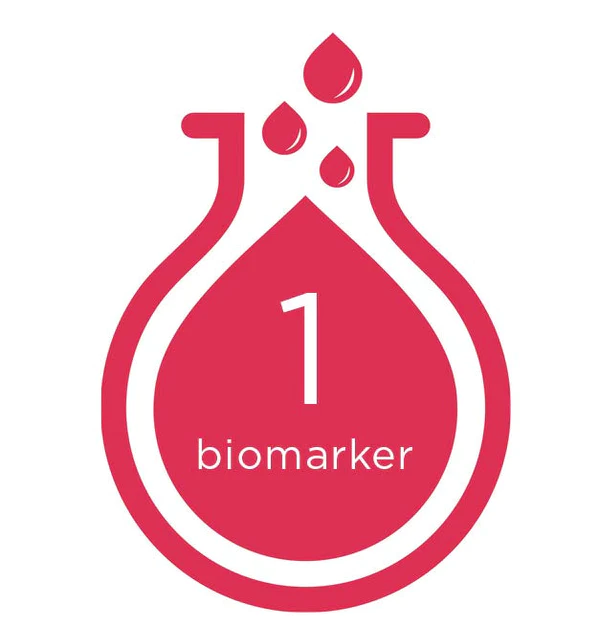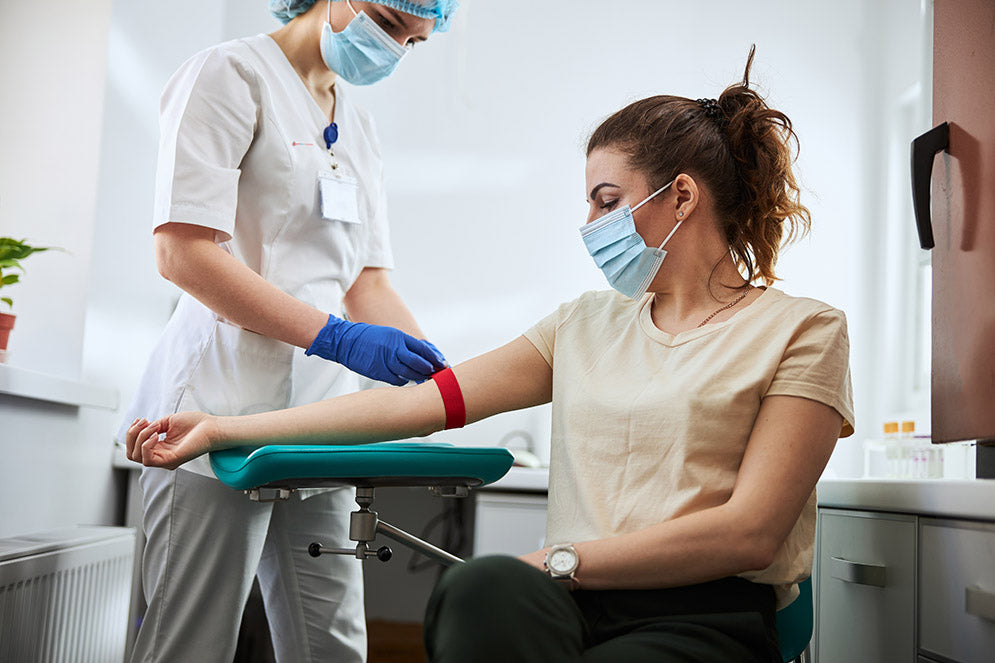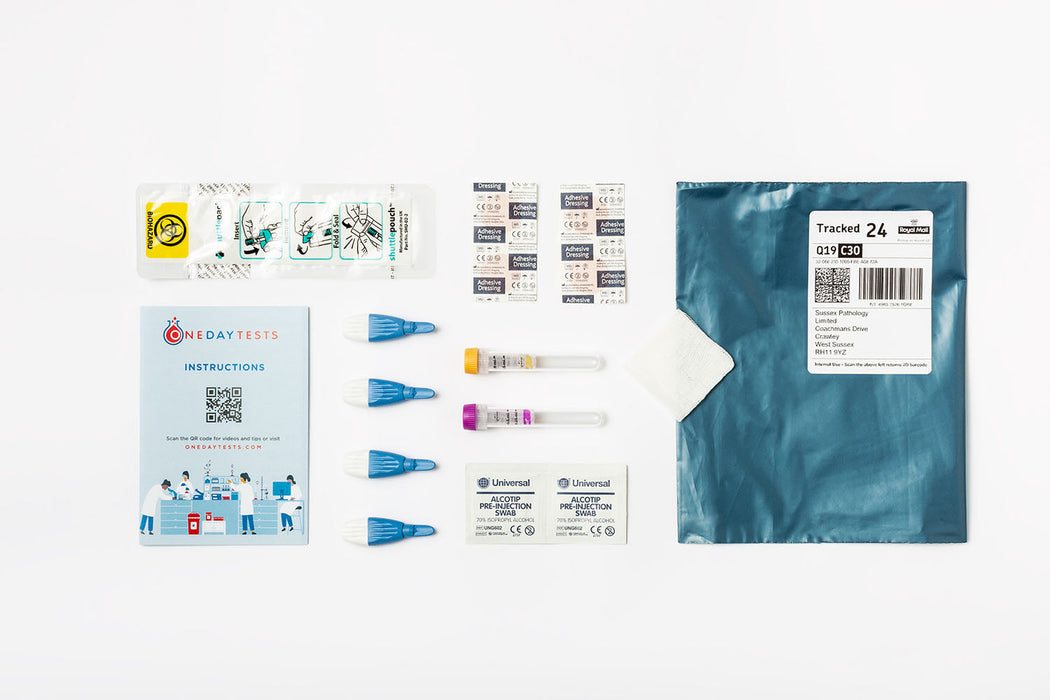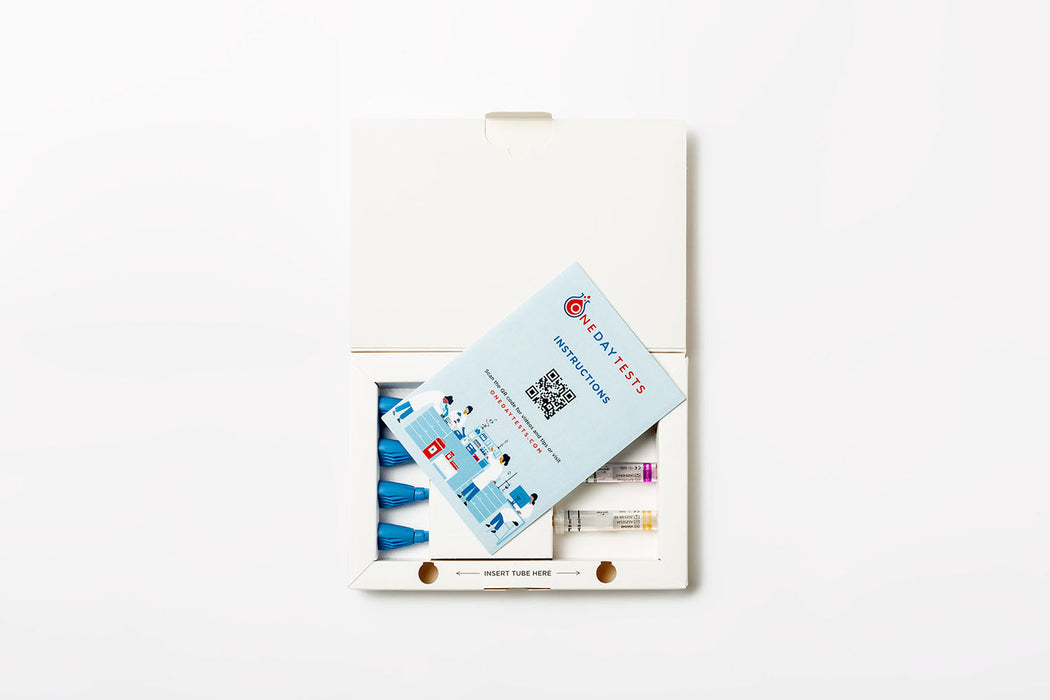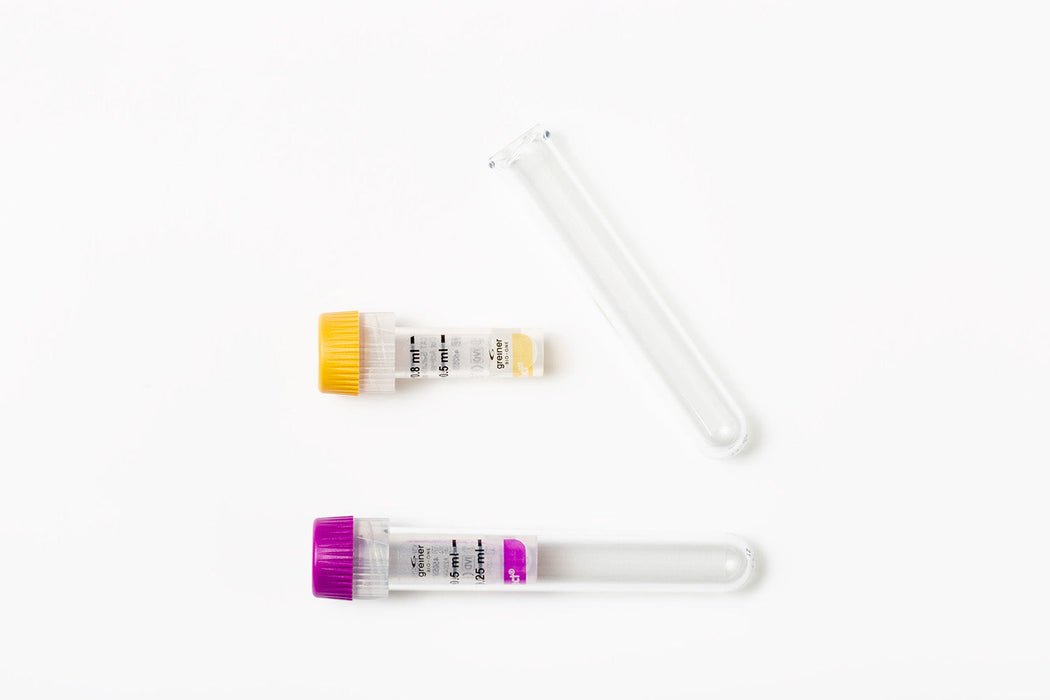What is it?
Oestradiol is the predominant form of estrogen, a steroidal hormone in women (and also present in tiny amounts in men).
In women, in the run up and during puberty, oestradiol is in charge of physical growth, such as breast development. Levels of oestradiol also change throughout the menstrual cycle, with the maximum around ovulation time. With age the levels usually decline and become very low after menopause.
Natural reduction in oestrogen levels is what leads to your usual symptoms of the menapause, such as hot flushes, sweats, anxiety and emotional changes.
Reference ranges
If your indicative oestradiol concentration is lower than the reference range for our laboratory:
Low levels are usually associated with emotional and psychological symptoms such as mood changes, depression, tiredness. Oestradiol levels fall naturally with age and approaching menopause, causing most of the menopausal symptoms, such as anxiety, changes in mood, changes in skin condition (dryness/oiliness/acne), insomnia among others.
Please discuss this result with your GP.
If your indicative oestradiol concentration level is higher than the reference range for our laboratory:
Estrogen levels that are too high can cause hormonal imbalance and subsequently health problems. High estrogen can disrupt reproductive processes and cause unpleasant symptoms. Elevated levels of oestradiol can be seen due to medication, for example hormone therapy supplements, stress, anxiety (resulting in high level of cortisol) and alcohol, as well as liver malfunctions.
Please discuss this result with your GP.



